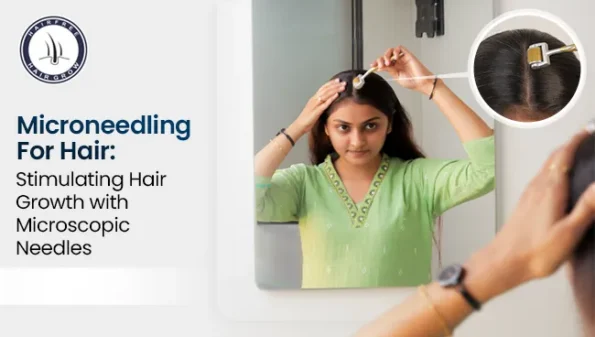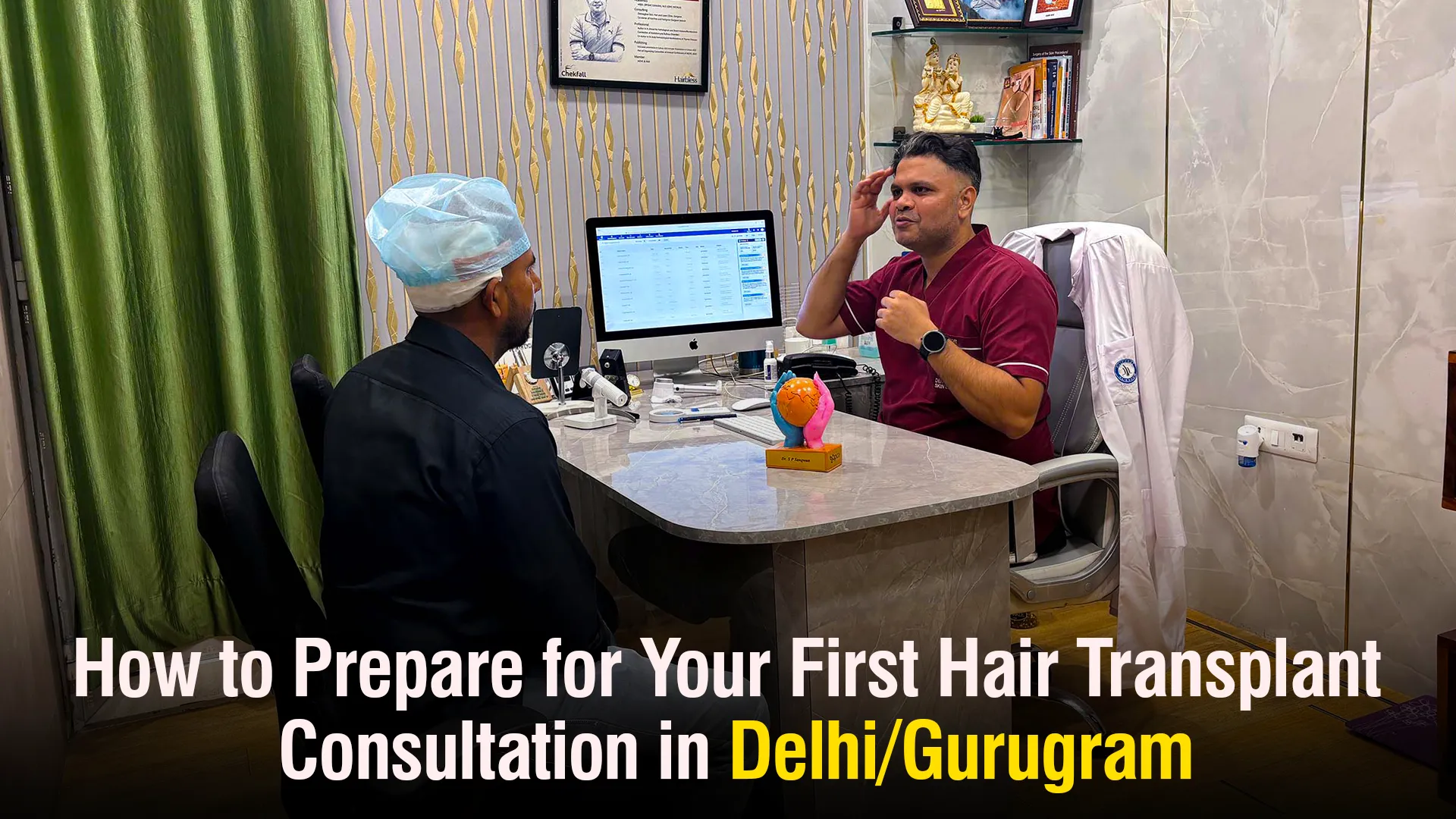Microneedling, a popular skin rejuvenation technique, has now found its way into the realm of hair care. This innovative procedure involves the use of microscopic needles to stimulate the scalp, encouraging hair growth. Some studies even suggest that microneedling could potentially help with hair growth for those with hair loss. Revitalize your locks with scalp microneedling for hair, a breakthrough treatment that stimulates natural growth and thickness.
Microneedling for Hair Loss Benefits
Microneedling has been around since the 1990s, initially known for treating scars. But recently, it’s been looked at for helping with hair loss too. Basically, microneedling involves tiny needles puncturing the skin, which prompts the body to produce more collagen. This collagen boost is believed to be why it’s good for acne scars.
Interestingly, microneedling might also encourage stem cells in the hair follicles to kick into action, potentially leading to hair growth. Plus, it can make it easier for your scalp to absorb treatments for hair loss, like:
There was even a study that looked at using microneedling with a topical steroid to treat a specific type of hair loss called alopecia areata. So, it’s showing some promise in the hair loss world!
Side Effects of Microneedling on the Head
Microneedling your head for hair loss can have some temporary side effects, like most medical treatments. Here’s what to expect:
- Your scalp might feel sore, red, and swollen for a few days. It’s like a tiny sunburn.
- There could be some bruising or a little bit of blood oozing from the needle pricks. Don’t worry, this is normal and should clear up quickly.
- In rare cases, the tiny wounds could leave scars.
- Most of these side effects go away within a week or so.
Here’s who should talk to their doctor before getting microneedling on their head:
- People with eczema or acne
- People with conditions that slow healing, like diabetes
- People taking blood thinners or other medications
- Pregnant women
Microneedling can also make your scalp more sensitive to the sun. So, be sure to wear sunscreen and a hat whenever you’re outside.
There’s also a small chance of infection from the needle pricks. To avoid this, follow your doctor’s instructions carefully after treatment. This might include keeping the area clean and using a special cream or antibiotic. People with weakened immune systems or a history of infections might be at higher risk.
How it works.
How It Works
Microneedling for hair loss uses a tiny roller with needles to create little pricks on your scalp. Imagine a miniature paint roller, but instead of paint, it has super thin needles.
These pricks are like tiny signals to your scalp. They aren’t big enough to cause scars, but they do two things that might help hair growth:
- Wake up the scalp: The tiny pricks might tell your scalp to start healing itself, which could also jumpstart hair growth.
- Better absorption of hair loss treatments: Some medications for hair loss work better when they can get deeper into your scalp. Microneedling might create a better pathway for these medications to reach their target.
The whole procedure is pretty quick, usually under 10 minutes. Your doctor will numb your scalp first to minimize any discomfort. After the microneedling, they might put a calming cream or lotion on your scalp.
Scalp Microneedling for Hair Loss Cost
Microneedling surgery costs vary in India, with prices starting from around ₹2,000. However, the actual cost can differ based on several factors like the hospital or center you choose. On average, you might expect to pay around ₹25,000 for microneedling, but prices can go up to ₹35,000 depending on where you go and additional services provided.
Takeaway
Microneedling may be a promising hair loss treatment, particularly for androgenic alopecia, to add to any current treatment regimens for those who can afford it.
Talk with the expert surgeon of Hairfree Hairgrow Clinic about all your hair growth options.
Written By
MBBS, DDV
Consult Dr. Nipun now ↗️ for effective scalp microneedling therapy.
Disclaimer
We’ve made all possible efforts to ensure that the information provided here is accurate, up-to-date and complete, however, it should not be treated as a substitute for professional medical advice, diagnosis or treatment. See Detailed Disclaimers Here.




